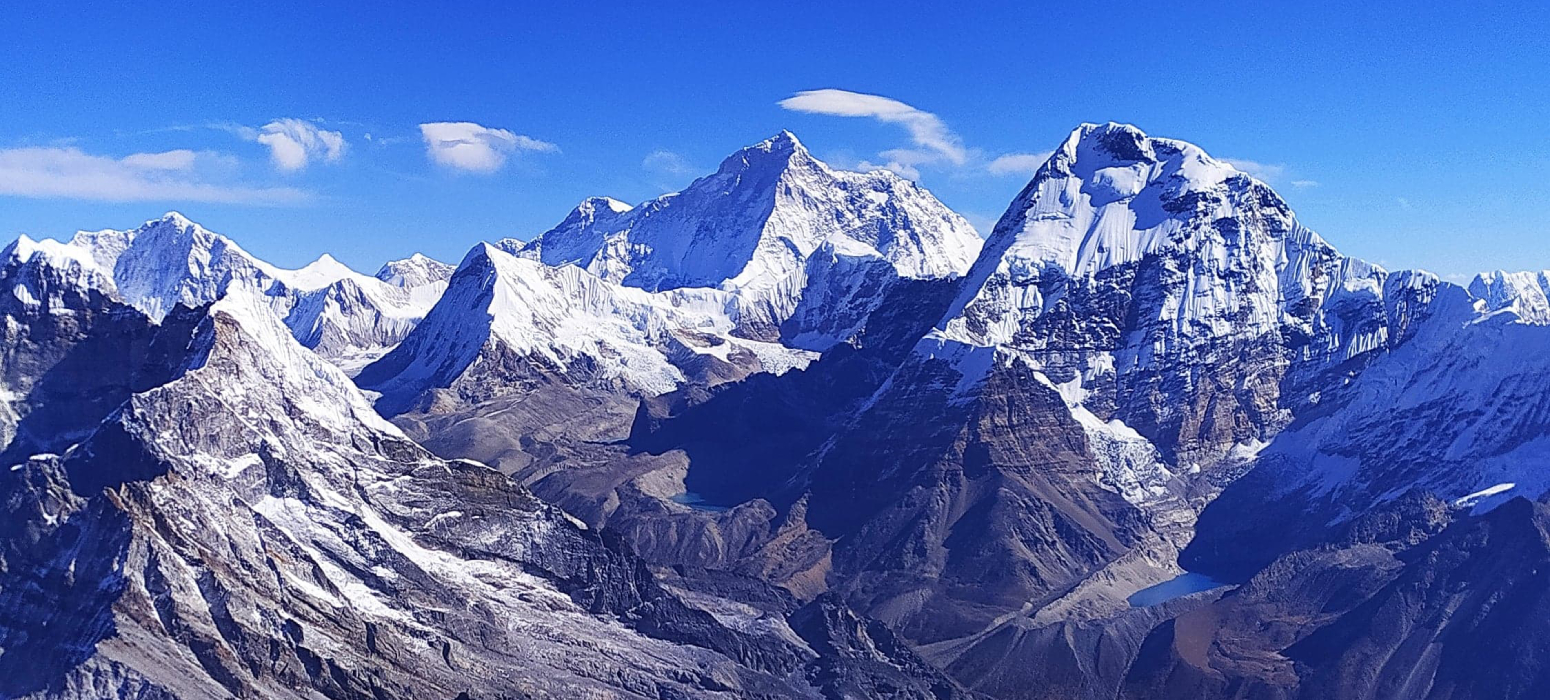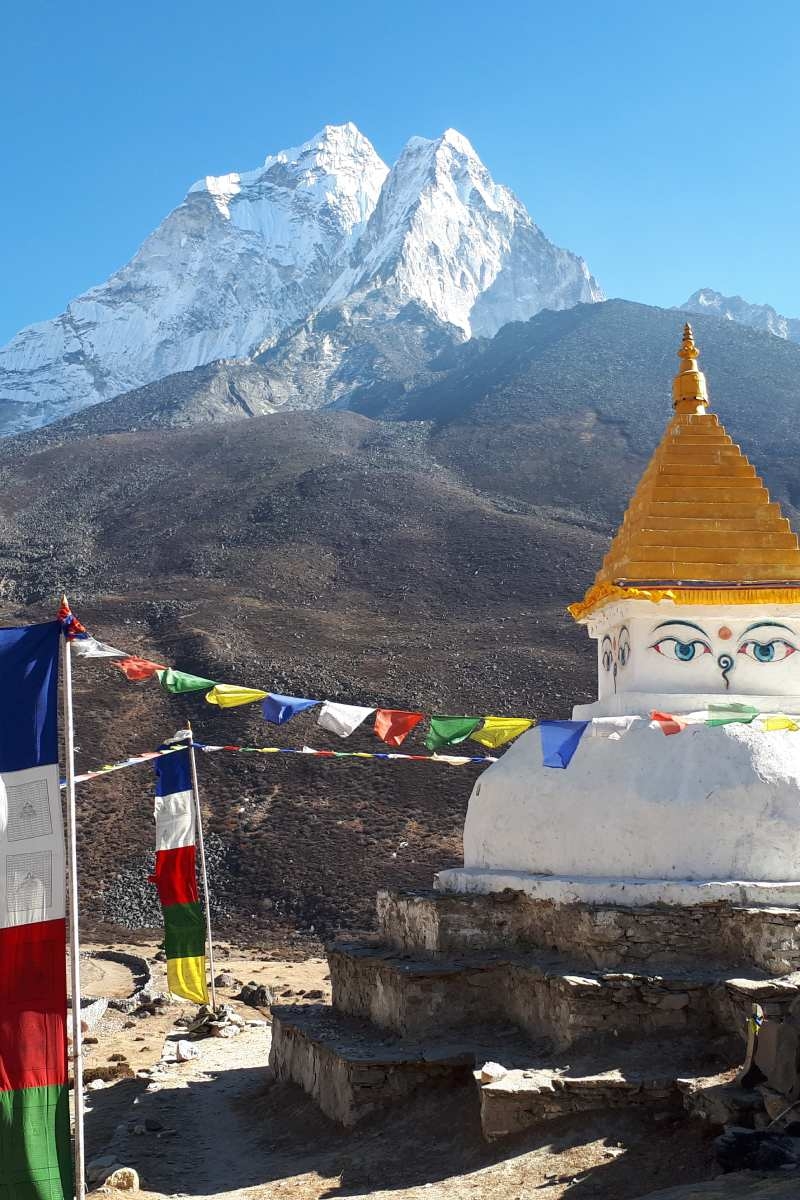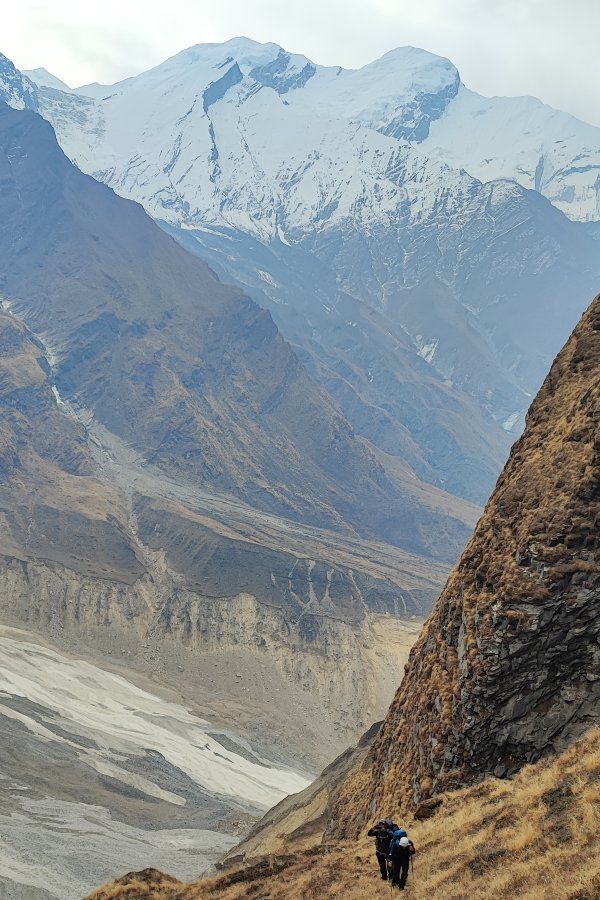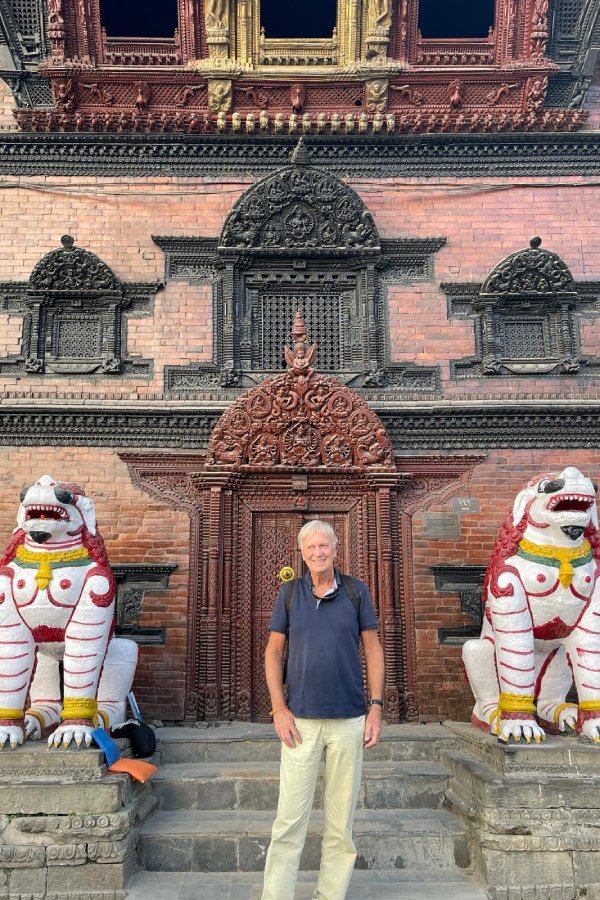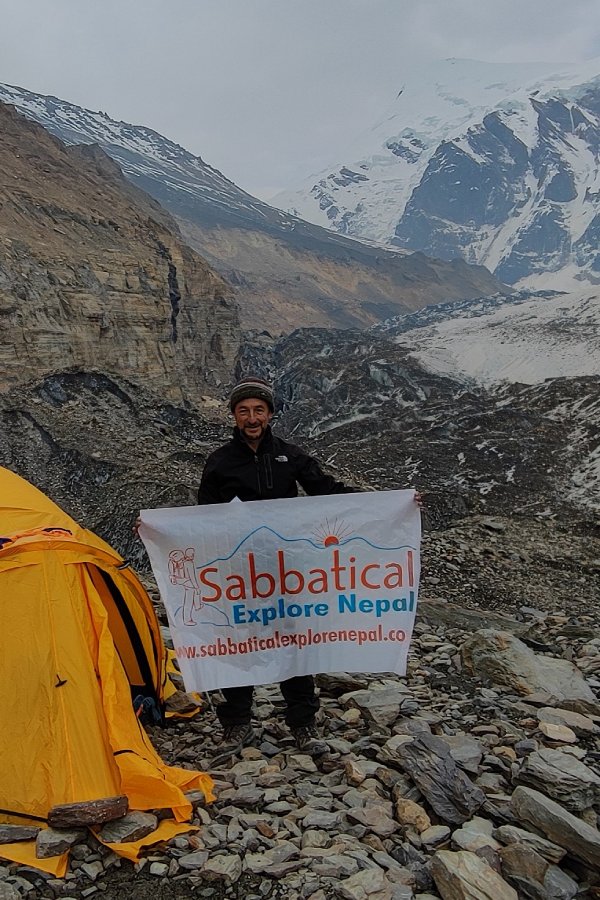Highlight
- Gain expertise in basic climbing in Nepal.
- Experience the culture, lifestyle, and hospitality of Sherpa Locals.
- View Mt Everest, Cho Oyu, Lhotse, Makalu, Ama Dablam, Number Himal, and many more.
- Come across lush greenery and striking landscapes of the region.
- Explore off the beaten sides of the Khumbu or Everest region.
- Fly to Lukla, the entrance to the Everest Region.
- Conquer the tallest trekking peak in Nepal.
Overview
Mera Peak Climbing is one of the finest peak climbs in Nepal. The first reason is the peak is the tallest trekking peak in Nepal. However, this excursion by Sabbatical Explore Nepal is extra special for more reasons. Let’s unknot them together.
Mera Peak(6,476m) lies in Nepal’s Khumbu Region’s
Mahalangur section, the home to four eight-thousanders Everest, Lhotse, Cho Oyu, and Makalu. What a climb it is! Subtly, you will enjoy some of Earth’s iconic mountains closely. As mentioned earlier, Mera Peak Climbing is the highest trekking peak expedition in Nepal. So you will also live the achievement of summiting the highest of its kind by climbing Mera Peak.
Moreover, the expedition, altogether, lasts for 16 days, starting and ending in Kathmandu. Through Lukla, it progresses via Everest Region’s terrains to the chilly top of Mera Peak. We will come across many suspension bridges, countless prayer flags, monasteries, gompas, traditional stone houses, lush vegetation, streams, and more.
Ultimately, reaching the top of Mera Peak, we’ll rush with joy overlooking the peaks and the serene view. Numerous big and small mountains, vast valleys, broad landscapes, and more are observable from the top. All the climbs and ascends will make sense there. Therefore, you will not just climb a mountain but explore the region’s cultural and natural gifts. But how can you do this?
Well, you don’t have to be an expert climber. Mera Peak is a trekking peak with primary technical sections. So if you know how to use alpine gears like Ice-axes and crampons, if you are good at trekking in the high elevations, you are more than welcome to this Mera Peak Climbing with us. Even if you are a beginner looking for a place to gain climbing experience, this is the right place.
So why not Mera Peak Climbing? Schedule
a call with us right away, and let’s plan this adventure!
Mera Peak Climbing Itinerary and major Highlights will follow the overview; read them as well.
Outline Itinerary
Day 1: Arrival in Kathmandu
Day 2: Trek Preparation and Kathmandu Sightseeing
Day 3: Fly to Lukla and Trek to Paiya(2,800m) | 40mins & 5-6hrs
Day 4: Trek to Panggom(2,846m) | 5-6hrs
Day 5: Trek to Ningsow(2,863m) | 4-5hrs
Day 6: Trek to Chhatra Khola(2,800m) | 7-8hrs
Day 7: Trek to Kothe(3,691m) | 6-7hrs
Day 8: Trek to Thaknak(4,358m) | 3-4hrs
Day 9: Trek to Khare(5,045m) | 2-3hrs
Day 10: Acclimatization day in Khare and Climbing Practice
Day 11: Climb from Khare to Mera High Camp(5,780m) | 6-7hrs
Day 12: Summit Day and Back to Khare
Day 13: Trek to Kothe |4-5hrs
Day 14: Trek to Thuli Kharka| 5-6hrs
Day 15: Trek to Lukla via Zatrwa La Pass| 6-7hrs
Day 16: Fly back to Kathmandu | 40min
Day 17: Rest or join another trip or Airport drop !

